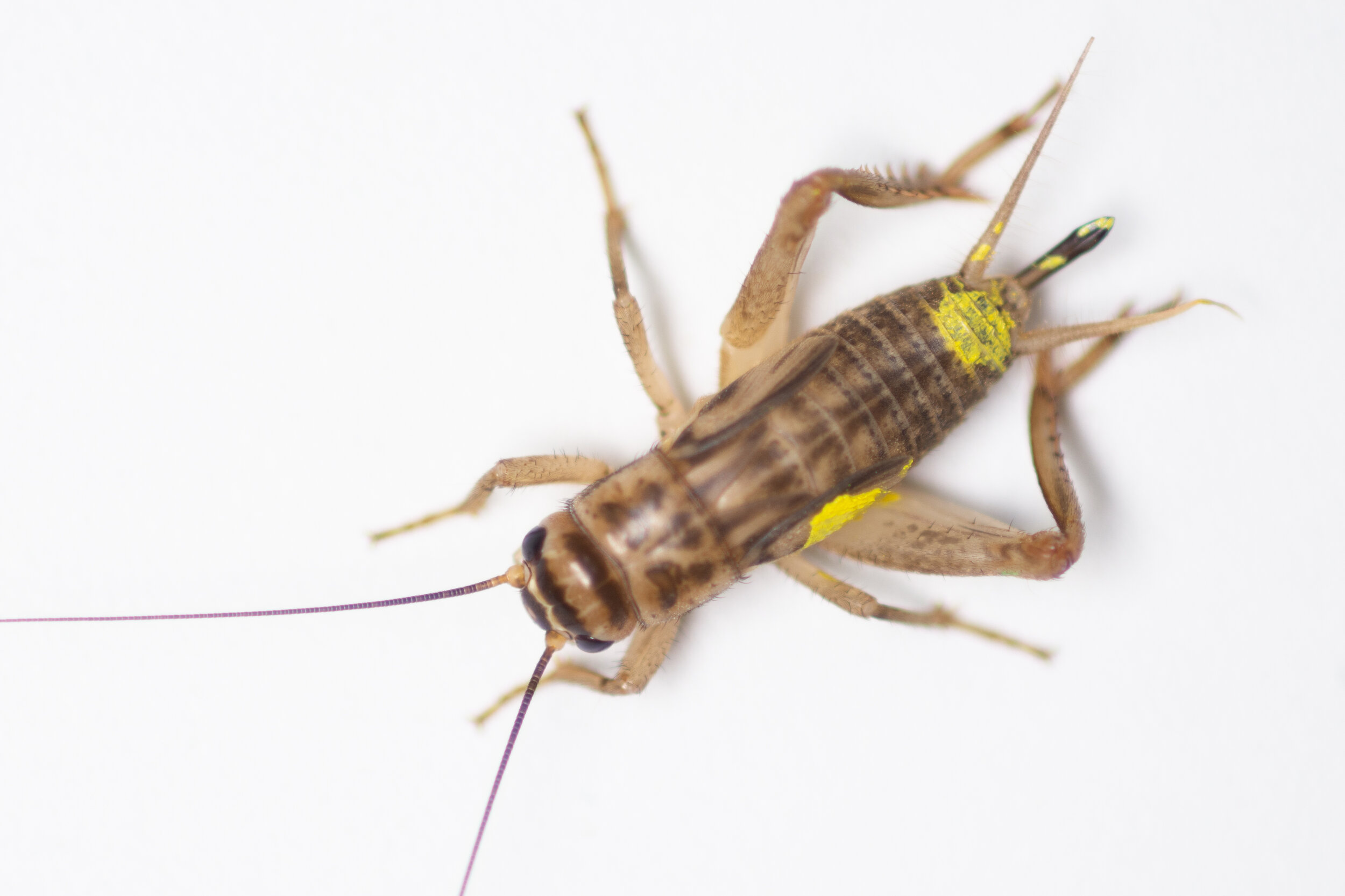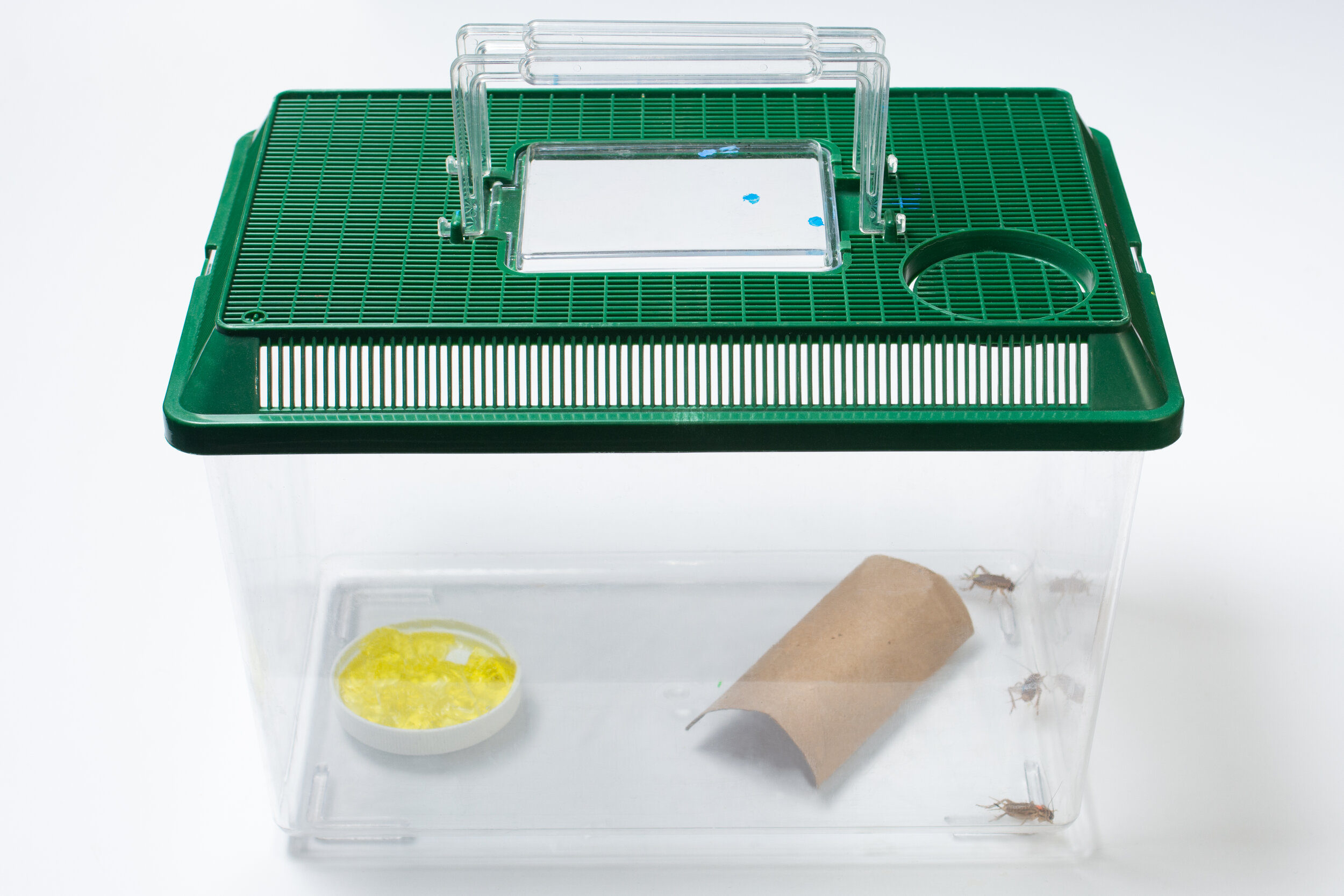
Our project
Help kids understand what science really is
Science instruction in K-12 has two goals: learn science content (e.g. in biology, physics, etc.); and learn how science works, i.e. its purpose and approach.
Our goal is to help you help kids understand how science works.
In addition, studies on learning show that active practice of science is also the best method to teach science content! Both the new AZ Science Standards and the Next Generation Science Standards (NGSS), nationally considered the most up-to-date approach to teaching science, thus focus on kids planning and executing their own investigations. All our projects also include reading, writing, and math (graphs and fractions) practice.
We provide a plan for how your students can scientifically answer a biological research question in the classroom. If you are in Tucson, we provide a real scientist who will come to your classroom to do the lesson with you, and we bring all the materials you need!
our approach
Kids answer real scientific questions
People of any age learn best when they can actively engage with topics, and do their own problem-solving. Our projects on insect behavior using simple, inexpensive materials allow students to scientifically answer questions like:
Do crickets differ in their personality, that is, are there bold and shy crickets?
Why do hissing cockroaches hiss - is it defense or male-male communication?
Do crickets prefer to be alone or in a group?
Remember that learning how to approach questions, rather than the actual answer to the question, is the learning goal.
How it works
Year 1:
Day 1: Scientist comes to class for 1- 1.5 hours to set up insects, help kids connect to the project, and develop a plan for the experiment.
Days 1 - 7: Kids collect data on prepared data sheet, with insects in classroom.
Day 7 or so: Scientist comes back to class for 1 hour to help analyze data & draw conclusions, with optional insect show & tell.
Year 2:
Teacher leads kids in the project! Scientist will provide all materials and be on stand-by to answer questions or troubleshoot.
Materials
What we provide (for each group of students)
Our science experiments with insects only use low-cost materials, but even so we provide absolutely everything. Teachers do not need prep time for this lesson either; only to be there and engaged themselves as we help you and your students practice real science.
4 house crickets
Acheta domestica - crickets are easy to obtain from local pet stores. Note this one is marked yellow with markers (below) for individual identification.
1 cricket carrier
To put the crickets in. These can also be purchased from local pet stores and re-used for many experiments!
Rolls of toilet paper
We will make little ‘houses’ for the crickets with these - crickets love cardboard!
Cricket food & water
Food and water sources for crickets can be commercially available food or pieces of fruits 7 vegetables. Supplies will easily last 8 days, although you might have to refresh water.
Worksheets
We have worksheets ready to go for students to investigate cricket personality; we also have a ton of materials on insects, observation, and other topics, ideally suited to 1-5th grade. Check out our resource collection in this folder.
Markers
Each kid will get an individually marked cricket that they can observe throughout the study.
See the complete setup:
Ready to start?
Bring the Cricket Project to your classroom!
OUr philosophy
All people need to understand why science gives objective results
Our goal is for students to see that there is beauty and complexity in every living thing and the world; and that science is a way to get objective, more truthful information about this world.
For elementary school, the key learning goals are
Humility in the face of data, and willingness to be wrong
Making predictions ahead of results prevents post-hoc explanations that are susceptible to bias
Considering multiple hypotheses (=possible answers) is key
Attention to detail and quantitative data, not storytelling: argument from evidence
For older students, in addition:
Using statistics to account for noise or ‘variation’
Individual scientific insights are those that are published with peer review; only peer-reviewed claims tested with strong inference really count as ‘evidence’
Science means allowing all scientists regardless of authority or standing to criticize existing work (by arguing from evidence) or add new results
Resources for teachers
Check our these resources that we have collected, with a focus on Elementary education (grades K-4).
Other science education initiatives in Tucson
Insect Discovery Program (this is an initiative in Tucson by the University of Arizona)
Arizona Insect Festival (in Tucson, a free event, free parking, on the University of Arizona campus. Lots of kid activities and cool things to see)
College of Science at UA list of resources
Tucson Festival of Books - Science City
Websites
Ask a Biologist (this is an initiative by Arizona State University and contains a lot of online resources, including activities, coloring sheets, articles, and more)
Insect-themed materials collected by us (Google folder) (coloring sheets, life cycles, word puzzles (a lot of this is from Ask a Biologist); common ants of Arizona, other links to insect information for the public)
Free educational videos
Ants - Nature’s Secret Power - (not the BBC documentary) 1-hour documentary by Wolfgang Thaler
StatedClearly - videos on evolution and other topics
TedEd - teacher-created content on a variety of topics
Kurzgesagt - youtube channel, many topics
Books we recommend for Elementary School
About crickets:
Chirping Crickets (Let's-Read-and-Find-Out Science, Stage 2), Melvin Berger (Lexile Level green, 590L)
The Very Quiet Cricket, Eric Carle (Lexile Level green, AD490L)
Crickets (Seedlings), Laura Murray (Lexile Level green, 370L)
Crickets (Bullfrog Books: Insect World), Mari Schuh (Lexile Level green, 280L)
Lexile measures of 170L to 545L are considered average for 2nd grade level.
About insects generally:
My First Book About Backyard Nature: Ecology for Kids! (Dover Children's Science Books), Wynne & Silver
How to Draw Insects (Dover How to Draw), Barbara Levy
The Features of Creatures: Insects A-Z, Formentini & Requesens
About biology:
The Animal Book: A Collection of the Fastest, Fiercest, Toughest, Cleverest, Shyest and Most Surprising Animals on Earth, Steve Jenkins
Egg: Nature's Perfect Package, Page & Jenkins
The Story of Life: A First Book about Evolution, Barr, Williams & Husband








